There is no secret that a low-carb eating style will support weightloss. However, when it comes to belly fat, a few specific foods can make a difference in your efforts to get rid of this unpleasant and unhealthy abdominal fat, so common during perimenopause and menopause.
Let’s see which food choices will support your effort to get your waistline back into those sexy jeans 🙂 and I will also share a practical habit that will help you to be more consistent with your choices.
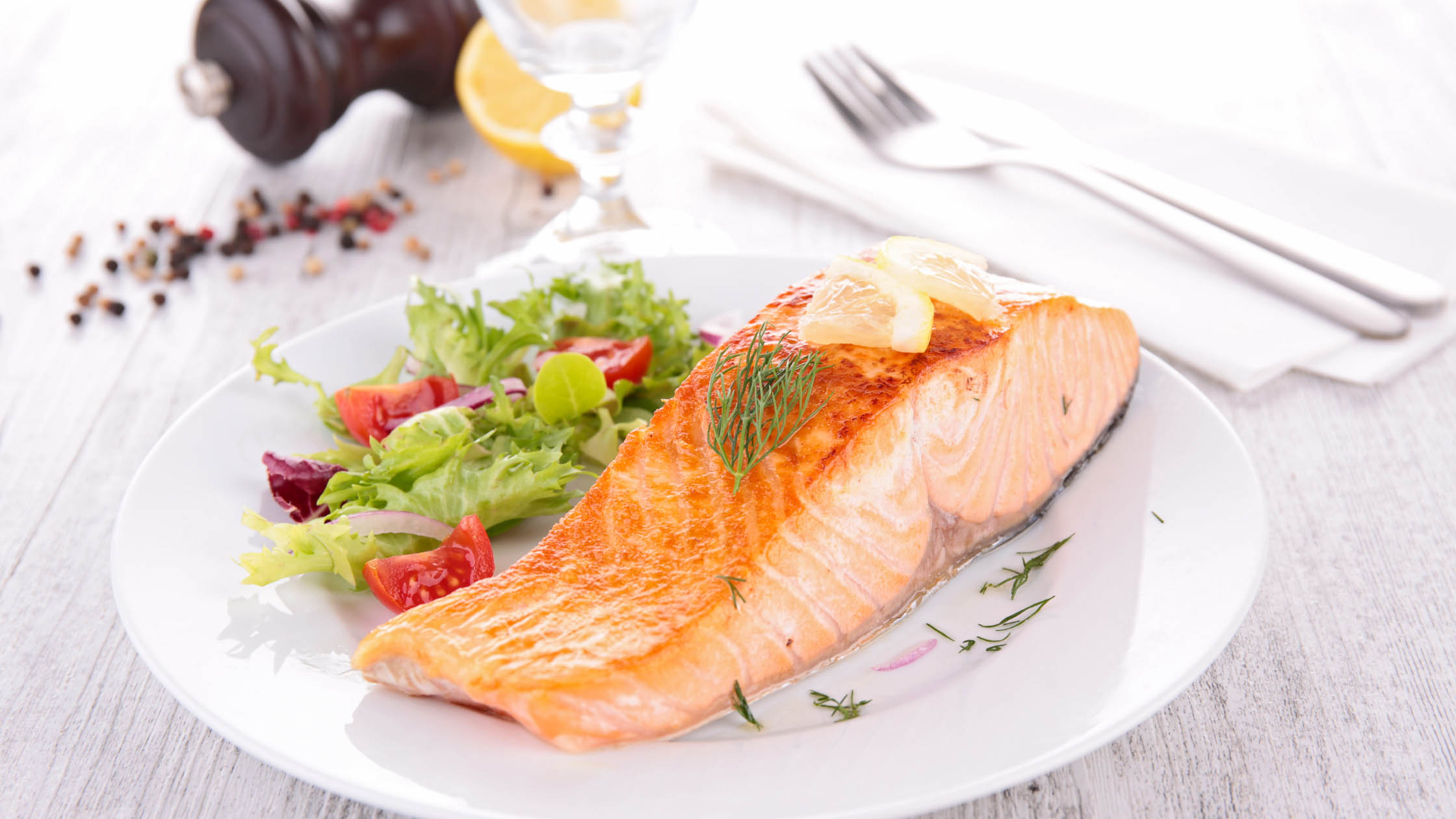
Let’s burn that belly fat!
Choice#1 Yummie salmon
Why salmon?
- An excellent fish for beginners! It doesn’t have a fishy smell when you cook it, so it’s an easy choice for people to cook at home …even for the fussy fish eaters amongst you 😉
- It is high in omega 3 fatty acids, which is the property that makes it a must in any belly fat burning strategy because omega 3, particularly the ones found in oily fish, are correlated with a reduction in waist circumference and waist-to-hip ratio.
- It is a low-carb, high-protein food which will keep your blood sugar balanced and your hunger at bay.

Choice #2 The humble egg
Why eggs?
- Because an egg is a source of high-quality proteins (complete proteins contain the whole spectrum of amino acids the body needs), and when it comes to losing belly fat, this matters most.
A study published in Nutrition & Metabolism showed that consuming high-quality protein throughout the day results in less abdominal fat. High quality, in this case, means the availability of all the essential amino acids.
- Another point in favour of the humble egg is that it is versatile and can be used for breakfast, lunch, dinner, and a snack on the go.
- The egg yolk is one of the rare natural food sources of vitamin D. Studies correlated a higher reduction in visceral fat and abdominal fat in those cohorts that were eating food fortified with vitamin D.
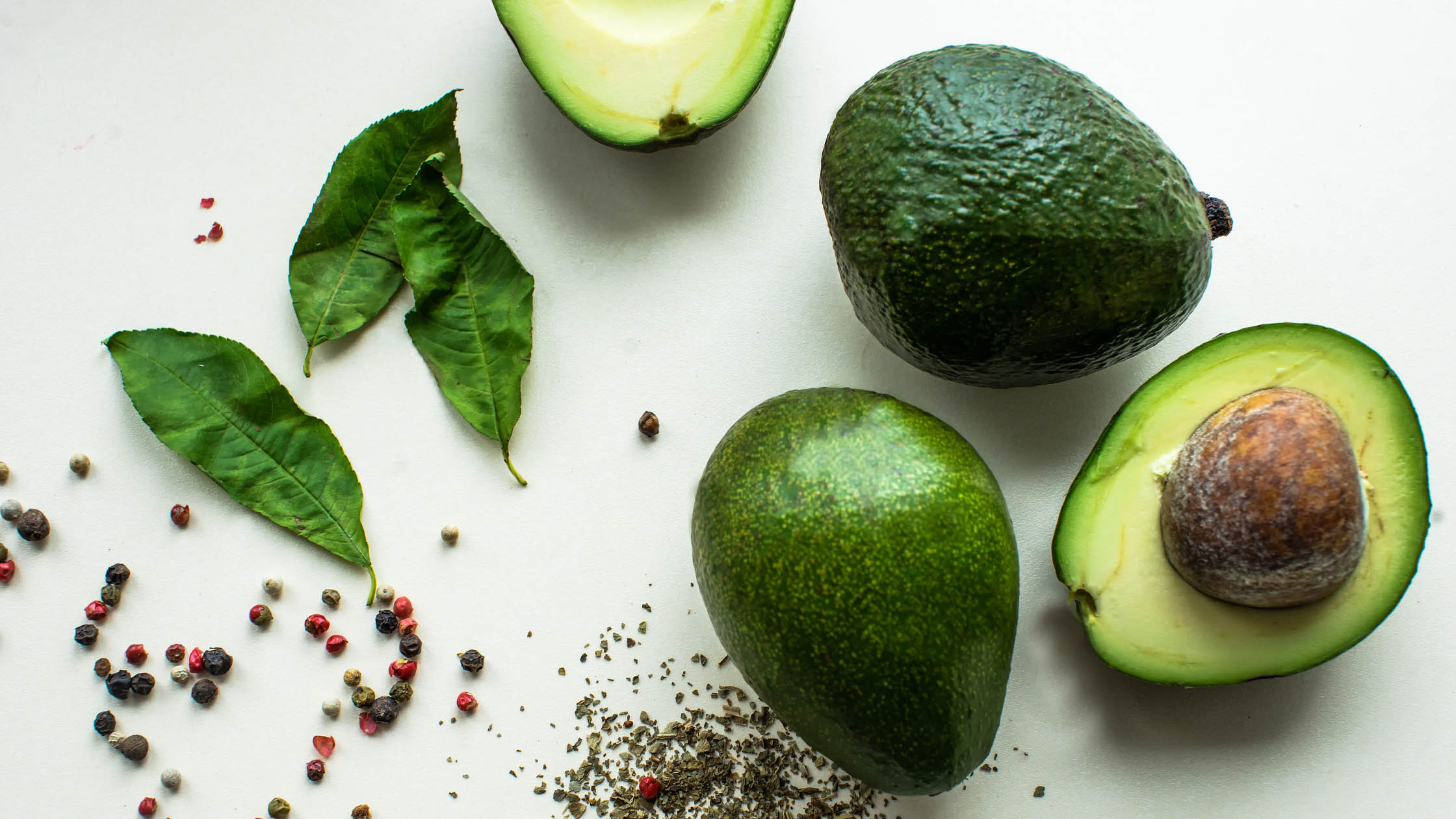
Choice #3 The omnipresent avocado
Why avocados?
- After evaluating more than 17,000 people, a research team found that those who regularly ate avocados had an overall healthier diet and a smaller waist circumference than non-avocado eaters ( of course, there were other factors involved in those results, read on …)
- Avocados contain a very good balance of soluble and insoluble fibre, which is why I have added them to my top choices when it comes to belly fat. Fibre is filling and naturally reduces calories intake, and avocados are a delicious and easy way to increase your daily fibre requirement.
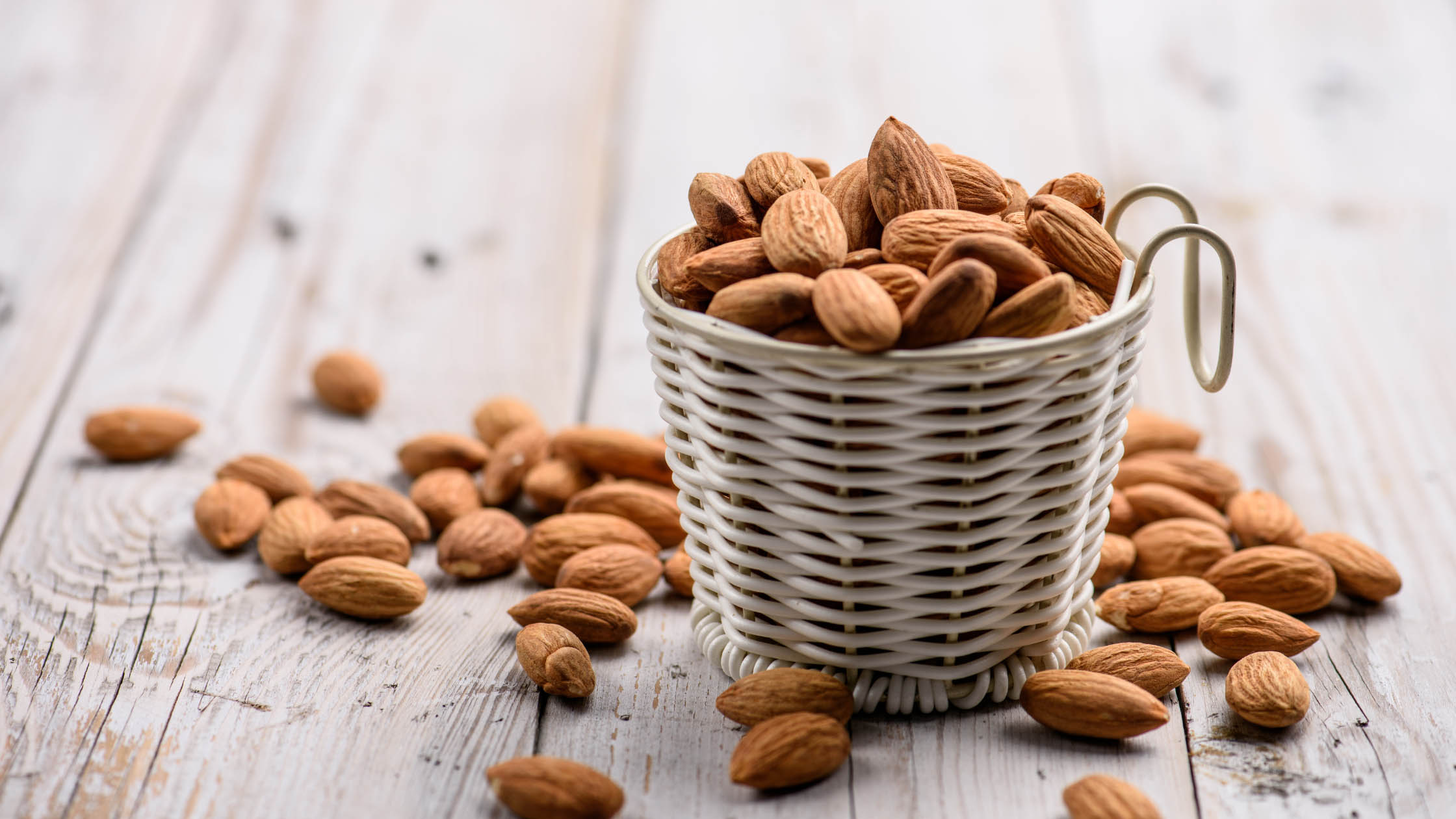
Choice #4 Crunchy almonds
Why almonds?
- Because they are low in carbs and gif you with healthy fats and fiber, both of which will help you to stay fuller for longer
- Studies also show that raw almonds( unsalted and natural) reduced abdominal fat when used as a substitute for snacks high in carbs.
- They are the perfect snack to have in between main meals whilst you work on your blood sugar balance so that in the future, you can have less frequent food intakes throughout the day.

How to stick to your belly-fat-reducing choices
Ok… so we have seen the foods and the reasons to choose them and now, let’s see some practical ideas on how to routinely chose well for your goal of reducing abdominal fat:
- Start at least one of your main meals with a raw salad, add half an avocado, and sprinkle with a few almonds. In this way, you fill your stomach with volume from the beneficial greens and healthy fats.
- Have individual portions (25 to 30g) of almonds ready in small sachets/boxes to have as one of your snacks ( if you need one, that is) and always carry a couple of portions in your handbags for when you are out and about.
- Swap the milk in your morning coffee with a tbsp of MCT oil ( read on to find out why)
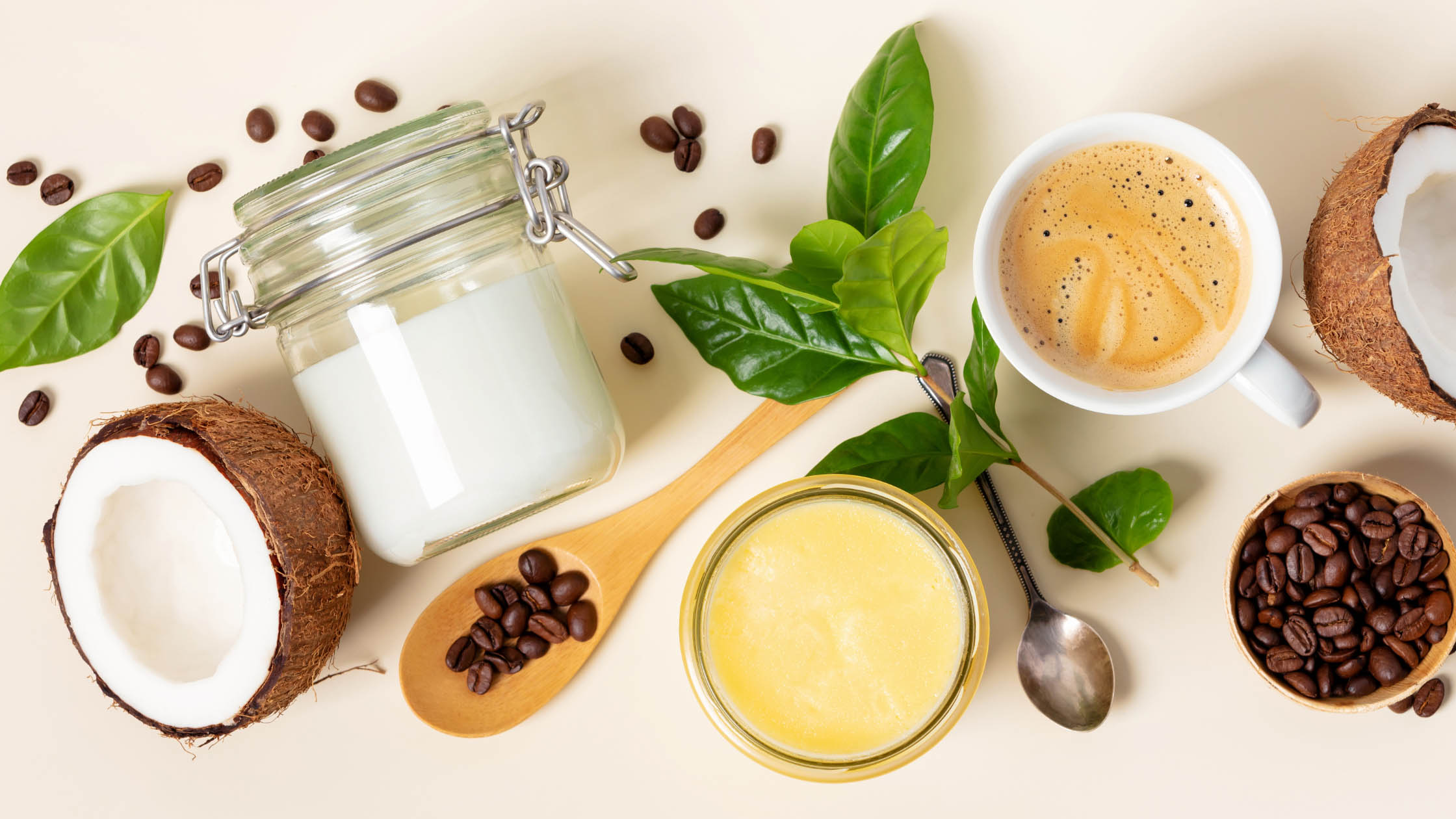
Burn belly fat with the help of MCT oil
What does MCT mean? It stands for Medium Chain Triglycerides, and they are a type of saturated fat that our liver use for energy production rather than shafting them into our fat cells. Great, isn’t it?
Research shows that, because of this property, MCT are a valuable addition to our diet to reduce fat mass. In particular, there have been studies showing MCT to reduce waist circumference greater than if using other types of oils.
MCT are found in coconut oil ( solid at room temperature) or in the form of MCT oil ( liquid), which you can add to your coffee or use to make your salad dressing. Start with small amounts and use up to 2 tbsp per day (they can have a laxative effect if used in excess).
Let me know which of these foods are already part of your nutritional choices and which ones you will introduce now that you understand their belly fat-reducing properties.
If you need some recipe ideas, including the foods we discussed, reach out, and I will be delighted to help.
I look forward to hearing from you.
With love, energy and care
Monica x

Research:
Berryman, Claire E., et al. “Effects of daily almond consumption on cardiometabolic risk and abdominal adiposity in healthy adults with elevated LDL‐cholesterol: a randomized controlled trial.” Journal of the American Heart Association 4.1 (2015): e000993.
Du, Shichun, et al. “Does fish oil have an anti-obesity effect in overweight/obese adults? A meta-analysis of randomized controlled trials.” PLoS One 10.11 (2015): e0142652.
Fulgoni, Victor L., Mark Dreher, and Adrienne J. Davenport. “Avocado consumption is associated with better diet quality and nutrient intake, and lower metabolic syndrome risk in US adults: results from the National Health and Nutrition Examination Survey (NHANES) 2001–2008.” Nutrition Journal 12.1 (2013)
Hairston, Kristen G., et al. “Lifestyle factors and 5‐year abdominal fat accumulation in a minority cohort: the IRAS family study.” Obesity 20.2 (2012): 421-427.
Howarth, Nancy C., Edward Saltzman, and Susan B. Roberts. “Dietary fiber and weight regulation.” Nutrition reviews 59.5 (2001): 129-139.
Loenneke, Jeremy P., et al. “Quality protein intake is inversely related with abdominal fat.” Nutrition & metabolism 9.1 (2012): 1-3.
Mumme, Karen, and Welma Stonehouse. “Effects of medium-chain triglycerides on weight loss and body composition: a meta-analysis of randomized controlled trials.” Journal of the Academy of Nutrition and Dietetics 115.2 (2015): 249-263.
Rosenblum, Jennifer L., et al. “Calcium and vitamin D supplementation is associated with decreased abdominal visceral adipose tissue in overweight and obese adults.” The American journal of clinical nutrition 95.1 (2012): 101-108.

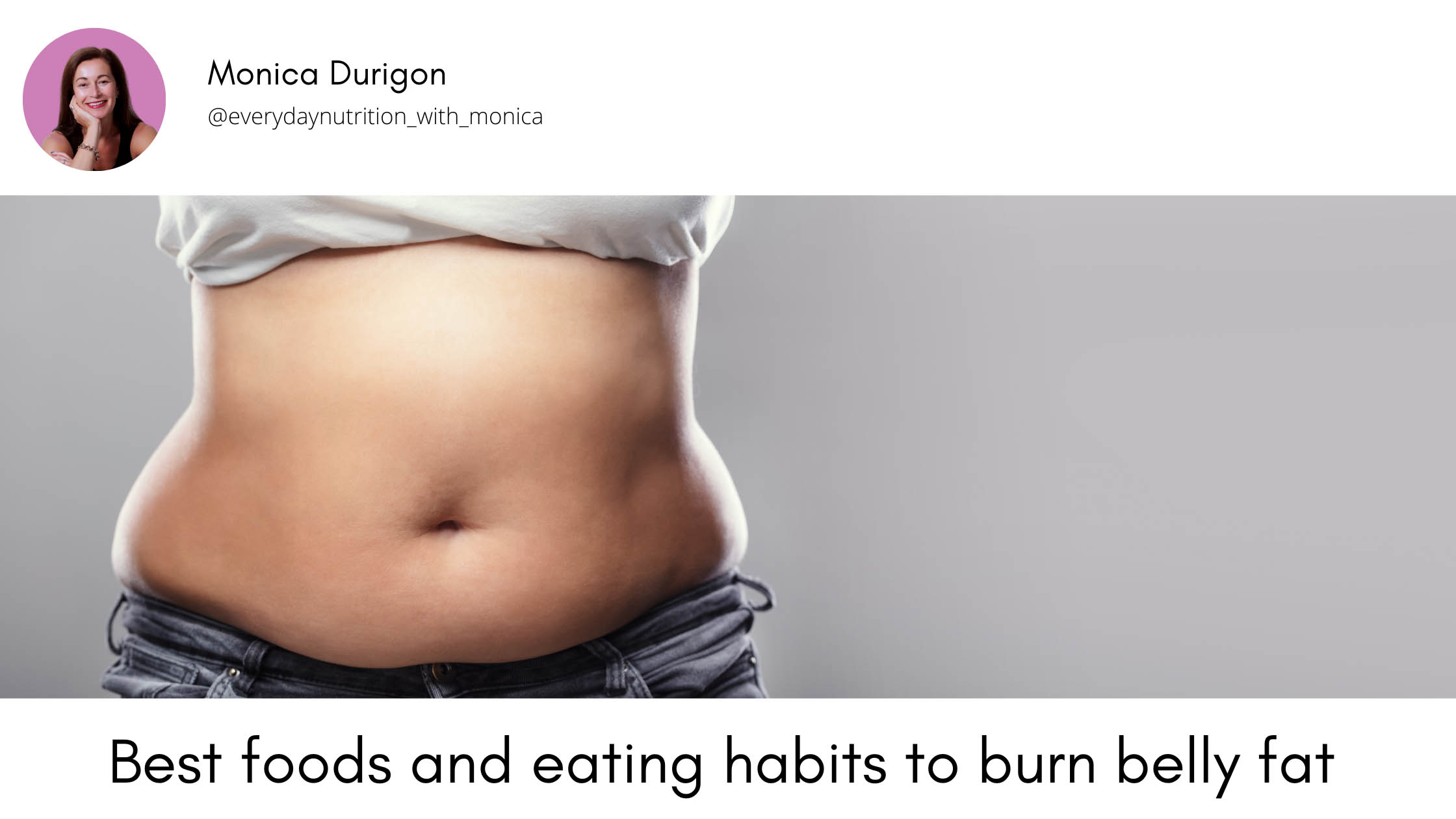

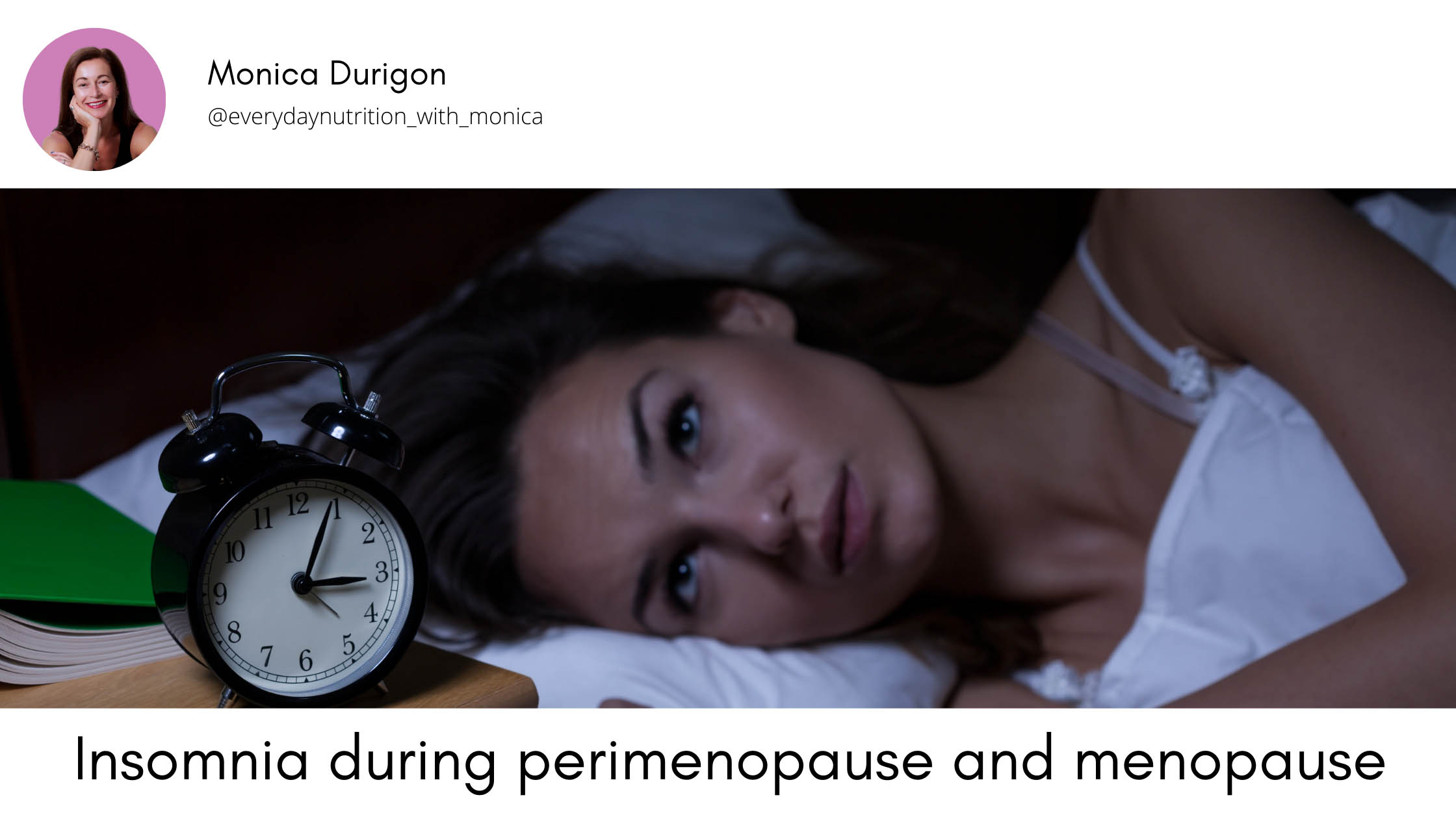

0 Comments